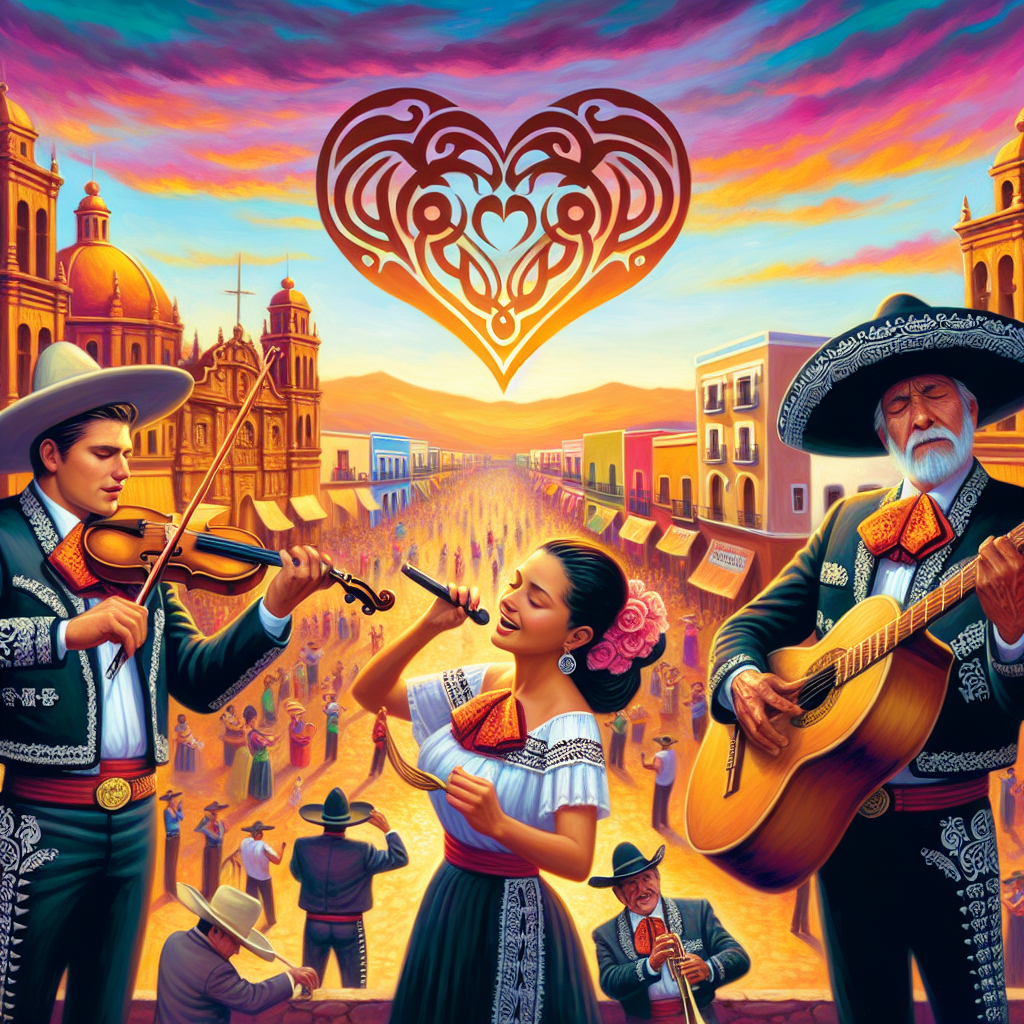Latin music, a vast and diversity-rich melodious field, has a variety of genres that allure audiences worldwide. One such powerful genre that has held its grip over enthusiasts for centuries is Flamenco. Flamenco is a Spanish form of tune, dance, and guitar playing that is infused with passion, emotion, and remarkable technical skills. This genre has successfully managed to cross the borders of Spain, thereby significantly influencing Latin music culture.
Origin of Flamenco
The roots of Flamenco can be traced back to the 18th century in the Andalusian region of Spain. It emerged from the melting pot of cultures that once cohabited Southern Spain, including Gypsies, Muslims, and Jews. It’s a highly expressive dance form, widely recognized for its emotional intensity, proud carriage, expressive use of arms, and rhythmic stamping of feet.
Flamenco: The Soul of Latin Music
Flamenco, which can be considered as the heart and soul of Spanish music, has profoundly impacted Latin music. This influence can be felt significantly in Latin genres like Rumba and Salsa. The Flamenco rhythms and melodies introduced a new depth that went on to shape the Latin songs we hear today.
Flamenco’s intricate guitar playing techniques, heart-pounding rhythms, and deeply emotional vocals have added a unique flavor to Latin music, thereby significantly enriching the culture. Furthermore, Flamenco’s dancing facet has also merged with Latin dancing styles, leading to the creation of blend forms such as Flamenco-Salsa or Flamenco-Rumba.
Allure of Flamenco
The allure of Flamenco in Latin music culture comes from its raw and intense emotional expression. The powerful voice modulation, haunting melodies, and passionate dance performances create an intoxicating environment. Responsive interaction between the singer, dancer, and guitar player, known as ‘dialogo a tres’, is another attractive element in Flamenco.
Flamenco’s capacity to convey a host of human emotions, including joy, sorrow, rage, and many others, has made it a highly relatable genre for many Latin music fans. Flamenco’s powerful sentiments, accompanied by the infectious rhythmic patterns, have it in high demand in the Latin music world.
Flamenco: Bridging Cultures
Flamenco, though originally from Spain, has beautifully woven itself into the fabric of Latin music culture. Not limited by language barriers or geographical boundaries, Flamenco continues to thrive in the hearts of the Latin audience. The sultry Latin tunes have embraced the passionate Flamenco elements, bridging the cultural gap between the two regions.
Impact on Global Music Scene
Moreover, Flamenco has not just restricted itself to influencing Latin music culture. Its magnetic pull has been felt globally. The current music scene worldwide witnesses various instances of Flamenco fusion, where Flamenco is combined with genres like pop, rock, jazz, and blues, creating enticing new forms of music.
Conclusion
Flamenco, with its robust, passionate, and profoundly emotional nature, has managed to secure a vital place in Latin music culture. Its alluring rhythms, expressive dance form, and stirring vocal performances infuse Latin music with a unique style and depth. As we continue to see Flamenco’s influence extending in the global music arena, one thing is sure: The Flamenco Fever is here to stay.
FAQs
-
Where did Flamenco originate from?
Flamenco originated from the Andalusian region in Southern Spain in the 18th century.
-
Has Flamenco solely influenced Latin music?
No, besides Latin music, Flamenco has also left its mark on genres like pop, rock, jazz, and blues globally.
-
Why is Flamenco considered alluring?
The allure of Flamenco lies in its intense emotional expression, intricate guitar playing techniques, and the responsive interaction between the performers.
-
Does Flamenco convey a single emotion?
No, Flamenco demonstrates a host of human emotions, including joy, sadness, anger, and several others, making it widely relatable.
-
Has Flamenco diversified into other dance forms?
Yes, Flamenco has successfully blended with various Latin dance styles leading to the creation of new forms such as Flamenco-Salsa or Flamenco-Rumba.




